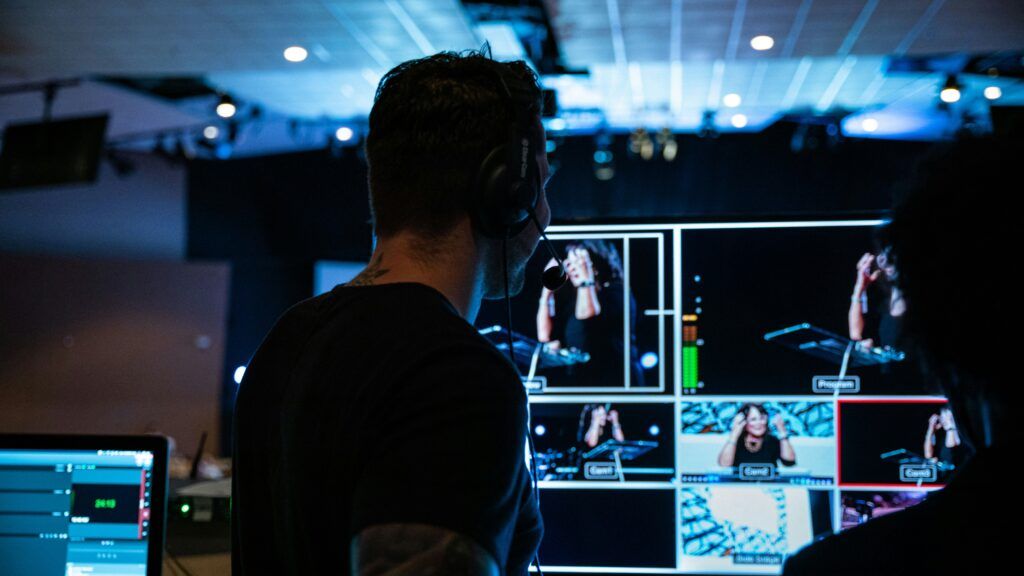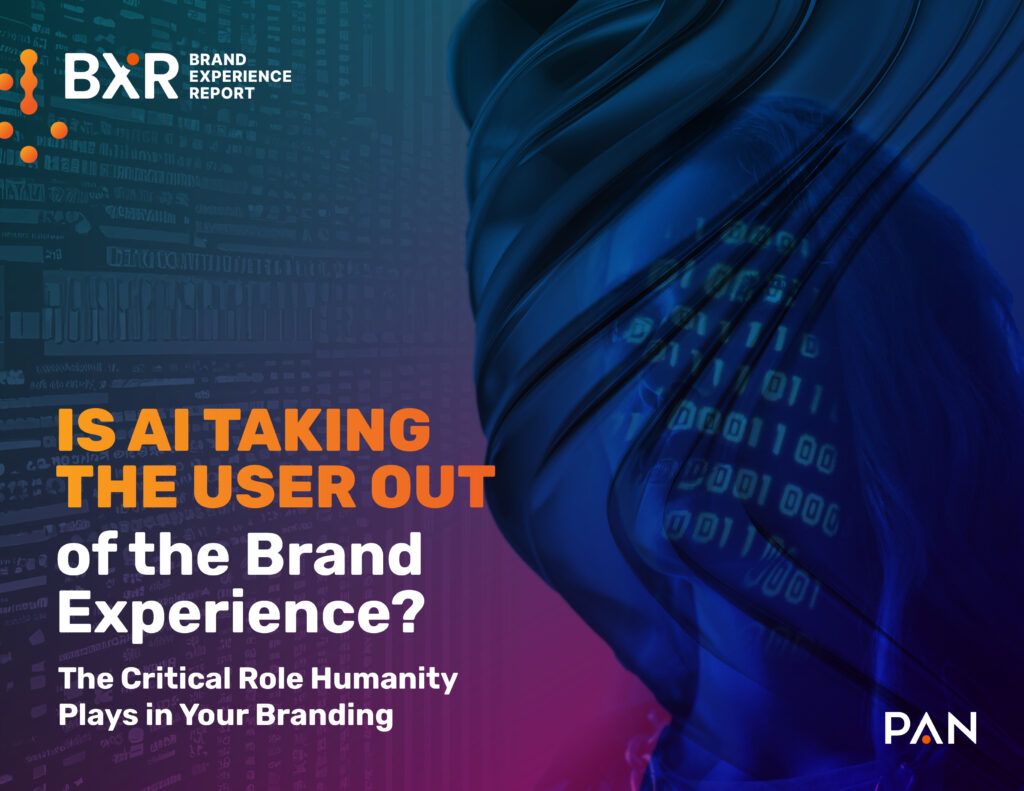The demand for visibility in tier-one media remains high. Businesses continue to chase placements in outlets traditionally perceived as industry-defining, equating coverage in these spaces with credibility, reach, and influence. But the reality? The media landscape has changed—dramatically. The definitions of “traditional media” and even “tier-one media” are evolving rapidly, shifting the way information is consumed, shared, and trusted.
If your strategy is fixated on a rigid view of earned media success, you’re missing the bigger picture.
The Fracturing Media Landscape: A Wake-Up Call
The news cycle today is volatile, unpredictable, and subject to rapid shifts in public discourse. In less than 24 hours, a headline can dominate, disappear, and resurface with an entirely different narrative. Businesses need to recognize this constant ebb and flow and adjust their media strategies accordingly.
Even beyond the chaos of breaking news, deeper structural shifts are reshaping media consumption. Consider the impact of executive orders and political narratives directly influencing media operations. Recent government decisions to pull funding from subscriptions to outlets like Politico, The New York Times, AP, and Reuters reflect a broader trend: a growing skepticism toward legacy media and an increasing reliance on alternative sources of information.
Conspiracy theories about media funding, attacks on journalistic credibility, and the rise of influencer-driven narratives are all changing how audiences perceive and trust news. This shift is already pushing brands to rethink how—and where—they tell their stories.
Rethinking “Tier One”
Traditionally, a tier-one outlet was defined by prestige, reach, and influence. But in today’s landscape, those attributes don’t always translate to engagement—or impact. A TV segment may air while the audience is distracted, a print article may never make it to the reader’s desk, and a front-page feature may generate little more than fleeting impressions.
On the other hand, platforms like LinkedIn, YouTube, Substack, and Threads offer something that many traditional outlets cannot: a direct, engaged, and targeted audience.
- A LinkedIn post can jumpstart industry-wide conversation.
- A podcast or Substack discussion can reach decision-makers in a way a print quote never could.
- A YouTube explainer video can break down complex industry trends in a way that resonates far beyond a written article.
Podcasts, in particular, have emerged as the modern panel discussion—without the limitations of in-person events. Their long-form, conversational nature fosters engagement, creating space for real dialogue and connection. And unlike passive TV viewership, podcast listeners are highly engaged, tuning in with intent rather than catching soundbites between distractions.
Related Read: The New Definition of “Top-Tier” Media
The Power of Integrated Storytelling: Own Your Narrative & Reach the Right Audience
In this evolving landscape, content marketing is no longer just a complementary strategy—it’s the foundation of modern brand storytelling. Earned media alone isn’t enough. Brands must adopt an integrated approach that combines thought leadership, owned content, paid media, and influencer partnerships to ensure their messages reach the right audience.
- Own the narrative. Don’t just react to media trends; shape them. Build a content strategy that fuels both earned media relations and direct audience engagement.
- Leverage multiple channels. A press release might spark a story, but a Substack can add depth, a LinkedIn post can amplify reach and continue the conversation, and a YouTube explainer can bring clarity—and added organic SEO visibility!
- Meet audiences where they are. Some consume content by reading in-depth analysis, others prefer short-form video, while some engage most through interactive discussion. A multi-channel, multimodal approach ensures broader impact and greater value.
- NOTE: This is where the 3R’s of content marketing become your secret weapon—get a bigger bang for your content buck!
- Influence the influencers. Journalists aren’t the only gatekeepers anymore. Substack writers for example—who in increasing cases are former journalists—and LinkedIn thought leaders are shaping public opinion just as much as mainstream outlets. Engaging with them expands reach and credibility too.
Beyond Reach: Is Your Message Landing?
The problem with outdated media strategies is that it’s no longer just about where you’re showing up—it’s about whether your message is actually resonating with the right people.
Too often, businesses measure success through clicks, impressions, and circulation numbers. But what does reach really mean? If your audience isn’t engaging with your content, internalizing your insights, or taking action, then the coverage—no matter how prestigious—isn’t delivering value.
In spaces like AI, fintech, and other fast-moving industries, thought leadership isn’t just about visibility—it’s about credibility. That means engaging with industry conversations where and when they’re actually happening.
- LinkedIn isn’t just a professional networking site anymore; it’s evolved into an interactive news platform where ideas gain traction organically—and that’s where the trust lives.
- YouTube isn’t just a video site; it’s where people go to understand complex issues—so why not provide the explanation they need? Talk with your audience, not at them.
- Substack isn’t just a newsletter platform; it’s a space where journalists, influencers, and industry insiders are creating the news cycle themselves.
Influence the Influencers
One of the biggest shifts we’re seeing is simple—but game-changing: influence isn’t just about getting into media, it’s about becoming the media.
Journalists are no longer just reporters; they’re content creators. And business executives should think the same way. A placement through a Forbes Tech Council subscription, for example, can be just as influential as an interview with a Forbes reporter. This approach levels the playing field, turning media figures and industry subject matter experts into peers. By engaging directly with contributing writers who shape the narratives that matter to your industry, businesses can build real relationships and take an active role in driving those conversations.
That’s how you move markets, influence change, and create a story worth talking about.
This is the intersection of content marketing and media relations. Businesses no longer have to wait for a journalist to tell their story—they can take control of their own narrative. The right voices, offering meaningful insights, and positioning themselves as trusted sources no longer sit squarely on the shoulders of media outlets. Companies can and should shape relevant, meaningful and insightful industry conversations instead of just reacting to them.
Transform from Passive to Proactive
It wasn’t long ago that brands could exist as silent partners in the news cycle—issuing announcements that mattered only to them, without saying much beyond what was necessary. That era is over.
To be heard today, businesses must actively drive thought leadership. That doesn’t mean the occasional tri-monthly social media share, or piece of commentary. What it does mean:
- Speaking up on industry and societal issues—not just self-promotional topics.
- Offering insights beyond “I agree” reactions—what do you think and why does that matter? What’s the industry impact of breaking news and what should business leaders know to continue driving sustainable growth?
- Providing commentary that media wants to source—if you want people to read, engage, and respond, you must have something to say.
The Future of Media Strategy: Saying What Needs to Be Said
Businesses have to be more agile, dynamic, and intentional in their communication strategies. It’s not just about securing coverage—it’s also about ensuring the right people hear, understand, and act on your message. This means saying things that those people need to hear for their sake, not yours.
The media ecosystem is broader than ever, and influence no longer belongs solely to legacy publications. Those that adapt to this shift accordingly will not only stay ahead of the conversation but will be the ones to define it.
Are you speaking where your audience is listening? If not, it’s time to rethink your approach.




